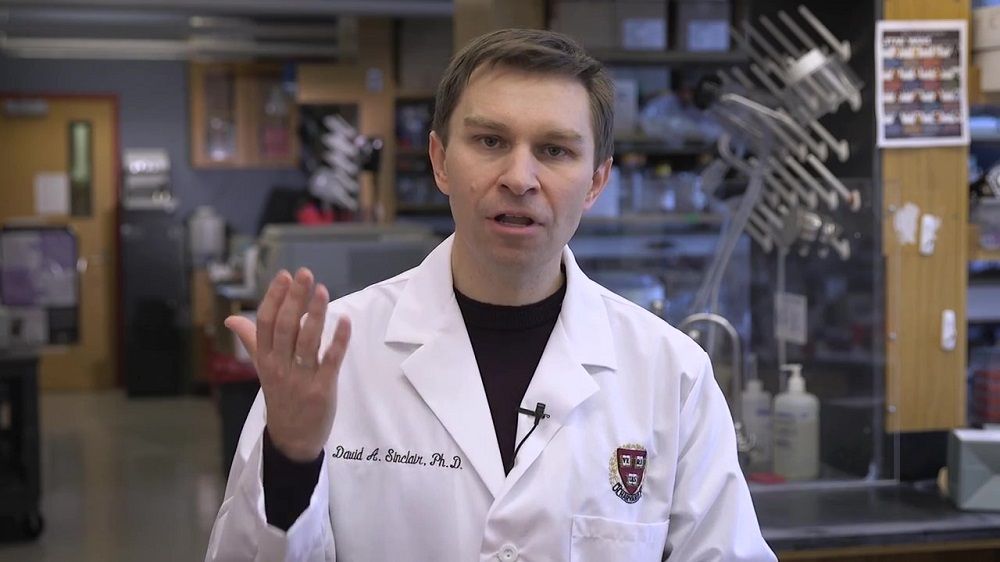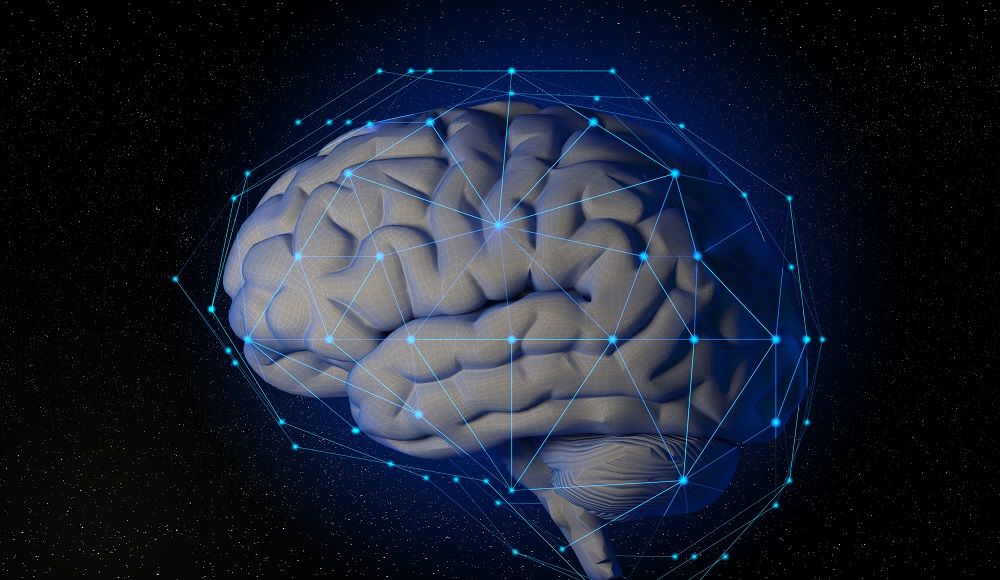‘Google should not be in the business of war’: Over 3,000 employees pen letter urging CEO to pull out of the Pentagon’s controversial AI drone research, citing firm’s ‘Don’t Be Evil’ motto…
More than 3,000 Google employees have penned an open letter calling upon the internet giant’s CEO to end its controversial ‘Project Maven’ deal.
Calling the deal ‘business of war’, they said Google boss Sundar Pichai should ‘cancel this project immediately’.
It was revealed last month that Google is allowing the Pentagon to use some of its artificial intelligence technologies to analyze drone footage.







